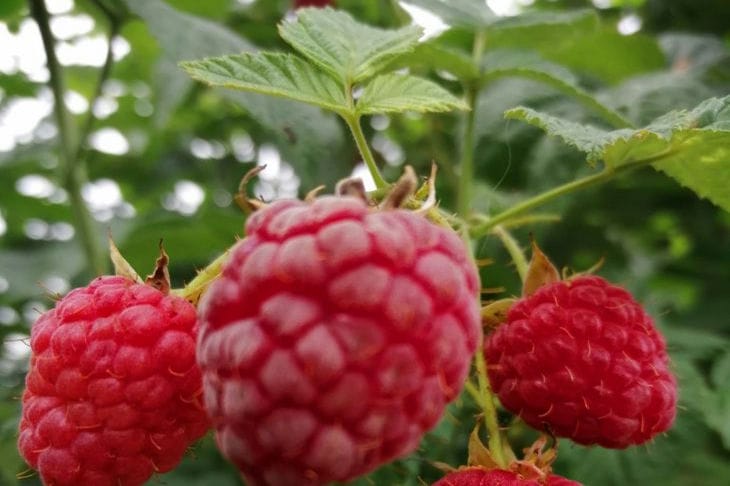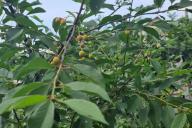Hobby gardeners often face the problem of the correct placement of berry crops on the plot.
Proper planning of plantings not only improves yields, but also helps to avoid many problems in the future.
The right neighborhood of berry crops
The choice of location for planting berry bushes plays an important role in their development and fruiting.

Some types of berries get along well together, while others can negatively affect each other. Let's study the basic principles of placing berry crops on the plot and find out which berries should not be planted next to each other.
Strawberries and strawberries: a cautious neighborhood
Many gardeners mistakenly believe that strawberries and wild strawberries are ideal neighbors. However, these crops have similar nutrient needs, which can lead to soil depletion.
In addition, they are susceptible to the same diseases, which are easily spread when plants are placed close together.
It is wiser to plant these berries at a distance from each other or alternate their planting with other crops.
Raspberries and blackberries: competitors for space
Raspberries and blackberries belong to the same family and have similar growth characteristics. Both plants tend to spread rapidly, which can lead to "wars" over territory.
The root system of these berry plants also competes for nutrients.
It is best to plant raspberries and blackberries in different areas of the garden, providing each crop with enough space to grow.
Currants and gooseberries: unwanted neighbors
Despite the apparent similarity, it is not recommended to plant currants and gooseberries next to each other. The main reason is the risk of spreading common pests and diseases.
For example, the bud mite can easily move from one plant to another, causing significant damage to both crops.
The optimal distance between currant and gooseberry plantings should be at least 3-4 meters.
Blueberries: Special Soil Requirements
Blueberries require acidic soils to grow and bear fruit successfully. Most other berry crops prefer a neutral or slightly acidic environment.
The proximity of blueberries to other berries can lead to problems with plant nutrition.
It is recommended to allocate a separate area with suitable soil for blueberries or create special conditions during planting.
Honeysuckle: taking into account pollination features
Honeysuckle is a self-sterile crop that requires cross-pollination. To obtain a good harvest, several varieties of honeysuckle must be planted nearby.
However, you should not plant honeysuckle near other berry crops, especially those that bloom at the same time. Competition for pollinators can reduce the yield of both crops.
Principles of correct placement of berry crops
When planning plantings of berry bushes, one should take into account not only their compatibility, but also growth characteristics, lighting and soil requirements.
It is important to leave enough space between plants to ensure good air circulation and ease of maintenance.
Proper crop rotation will help reduce the risk of spreading diseases and pests.
Using Companions for Berry Crops
Many vegetable and herbaceous plants can be excellent neighbors for berry bushes.
For example, garlic and onions repel pests, and marigolds attract beneficial pollinating insects. Such a neighborhood not only improves the health of plants, but also allows you to use garden space efficiently.








